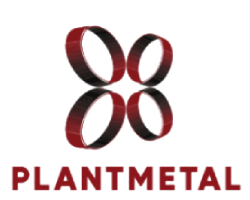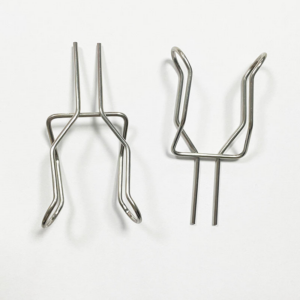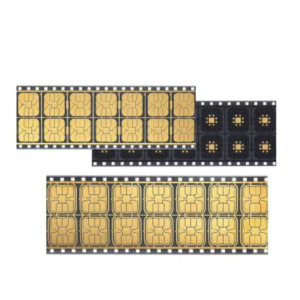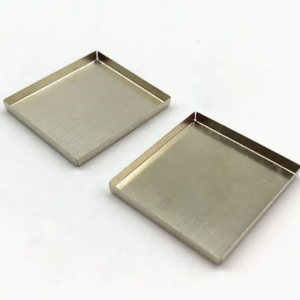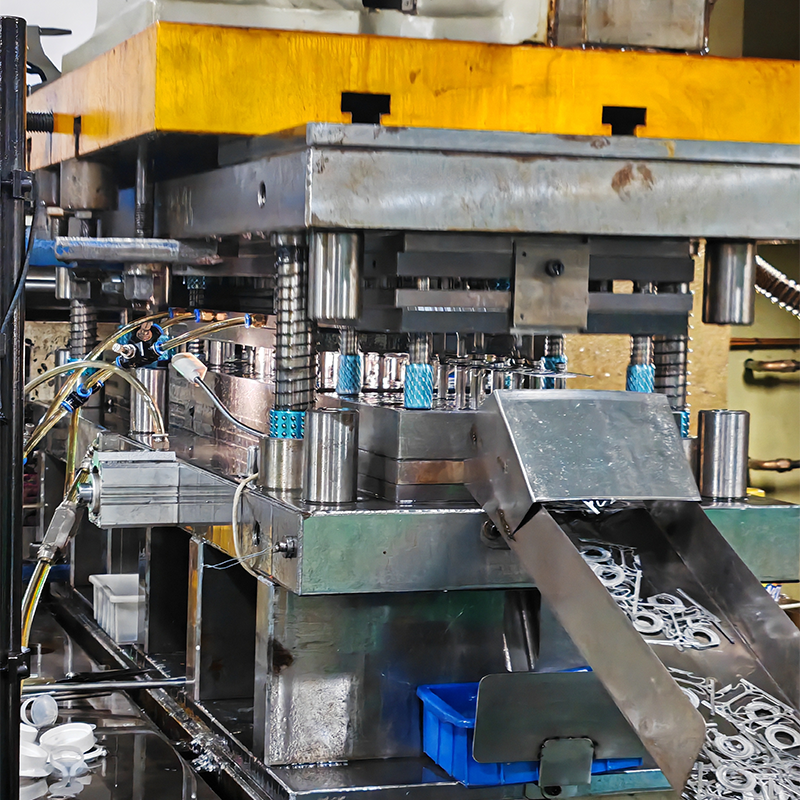If you’re searching for a reliable partner to bring your complex metal stamping designs to life, Plantmetal is here to deliver. We specialize in precision deep draw stamping and custom tooling, producing lightweight, high-strength components for industries where performance, consistency, and durability matter most. But as any experienced engineer knows, getting the best results from deep draw stamping starts long before a part hits the press. It begins with smart, practical design.
In this blog, we’ll guide you through essential deep draw stamping design guidelines — insights our team at Plantmetal uses every day to help customers optimize their parts, reduce manufacturing costs, and enhance product performance without sacrificing quality. Whether you’re developing components for automotive, aerospace, medical, or industrial applications, these principles can make a significant difference in your next project.

What Is Deep Draw Stamping?
Before we dive into design considerations, it’s worth revisiting what makes deep draw stamping distinct from other metal forming processes. Deep draw stamping is a specialized technique used to convert flat sheet metal into seamless, hollow, or cup-shaped components. Unlike standard stamping, which typically involves cutting and bending operations, deep drawing gradually stretches the material over a series of dies and punches, forming it into shape while preserving structural integrity.
This process is valued for its ability to produce strong, lightweight parts with minimal material waste. Deep drawing is widely used in industries demanding precision and durability — such as automotive housings, aerospace enclosures, industrial equipment, and medical device components.
While deep draw parts are not typically intricate in appearance, the process itself is technically complex. It often requires specialized presses, precision dies, and expert process control to successfully manage the material flow, especially when working with thin-walled, ductile metals.
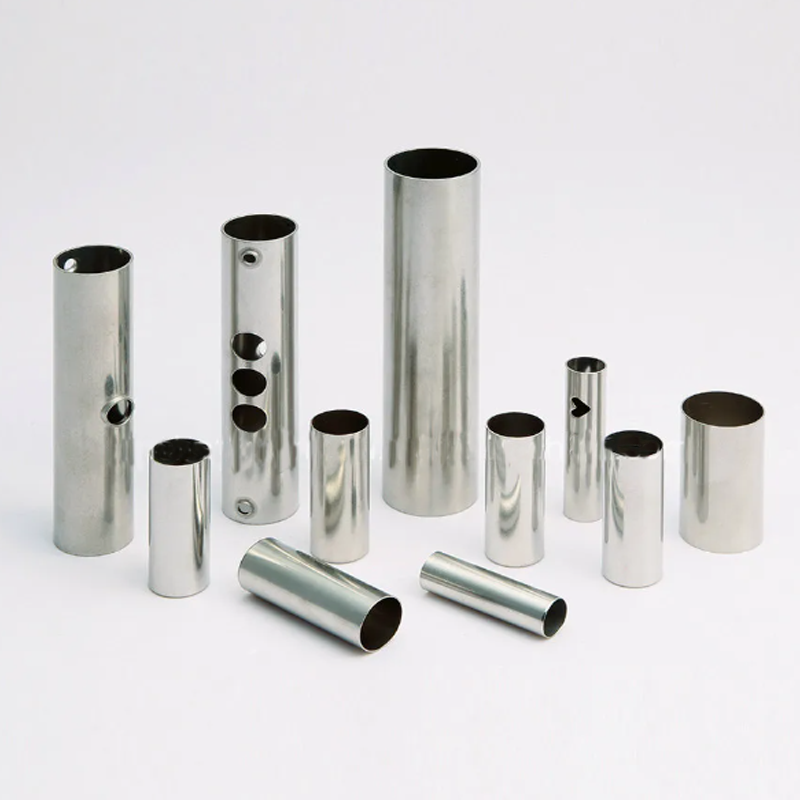
Essential Deep Draw Stamping Design Guidelines
At Plantmetal, we collaborate closely with customers early in the product development cycle to ensure that designs are well-suited for deep drawing. Following these core guidelines is the first step toward achieving reliable, efficient, and cost-effective stamped parts.
1️⃣ Optimize Part Geometry for Reliable Forming
One of the most critical factors in deep draw stamping success is thoughtful part geometry. Well-planned geometry minimizes the risk of defects like tearing, wrinkling, or excessive thinning during the drawing process. To improve formability and consistency, we recommend:
Maintaining uniform wall thickness: This ensures even material flow, reducing the likelihood of weak points or premature failure.
Using generous corner radii and fillets: Sharp corners concentrate stress and increase the chance of tearing. Smooth transitions improve part strength and manufacturability.
Managing draw depth-to-diameter ratios: Staying within recommended limits is essential. For particularly deep parts, employing multiple draw stages helps maintain material integrity while avoiding overstressing the workpiece.

2️⃣ Material Selection Matters
The choice of material directly affects formability, durability, and cost. When selecting materials for deep draw stamping, consider:
Ductility and tensile strength: Materials need to stretch without cracking or losing shape. Metals like stainless steel, aluminum, brass, and low-carbon steel are popular choices.
Thickness and work hardening characteristics: Thinner materials require careful draw control to prevent wrinkling. Additionally, some metals harden as they’re worked, impacting their behavior in multi-stage draws.
Surface condition and coatings: Smooth, clean surfaces improve drawability and reduce tool wear. Pre-treated or lubricated stock can further enhance performance.
At Plantmetal, we assist customers in evaluating material options early in the design phase to ensure the chosen alloy balances strength, formability, and cost-efficiency.
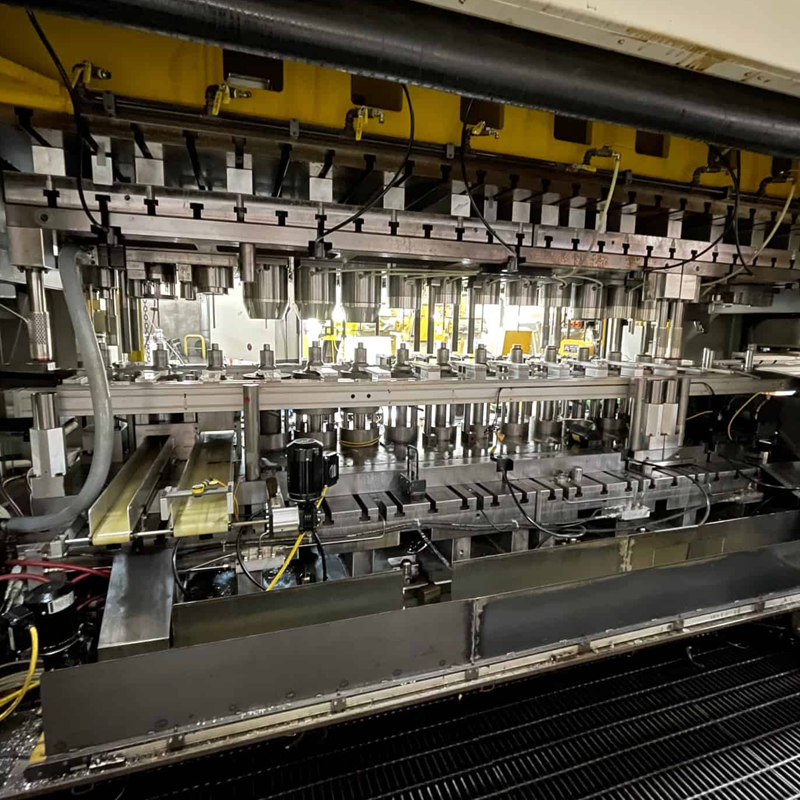
3️⃣ Minimize Stress and Prevent Defects
Deep draw stamping places significant stress on the material, which can lead to deformation issues if not properly managed. To reduce the risk of defects:
Compensate for springback: Material elasticity can cause parts to slightly rebound after forming. Factoring this into die design helps ensure finished parts meet dimensional specifications.
Prevent tearing, wrinkling, and excessive thinning: Maintain optimal wall thickness and gradual transitions between sections. Avoid abrupt changes in geometry that strain the material unevenly.
Select the right tooling strategy: For high-volume, uniform parts, progressive die stamping offers speed and repeatability. For more complex geometries or lower volumes, transfer die stamping provides greater flexibility.
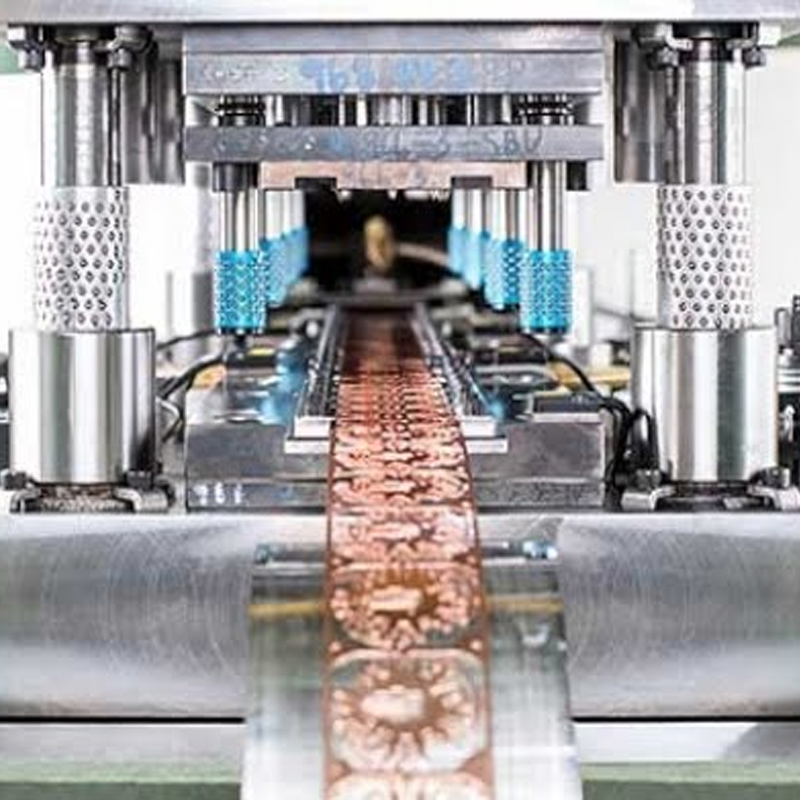
4️⃣ Balance Tolerances and Secondary Operations
While tight tolerances improve fit and function, they can significantly increase production costs and tooling complexity. It’s important to strike a practical balance by:
Specifying realistic tolerances: Avoid unnecessarily tight specs for non-critical features. Focus precision on areas affecting assembly, sealing, or alignment.
Reducing the need for secondary operations: Thoughtful part design can minimize trimming, machining, or welding requirements. When secondary processes are unavoidable, consider integrating them into the stamping sequence.
Value-added services like deburring, coatings, and plating enhance durability, corrosion resistance, and appearance — all of which Plantmetal can manage in-house or through trusted partners.
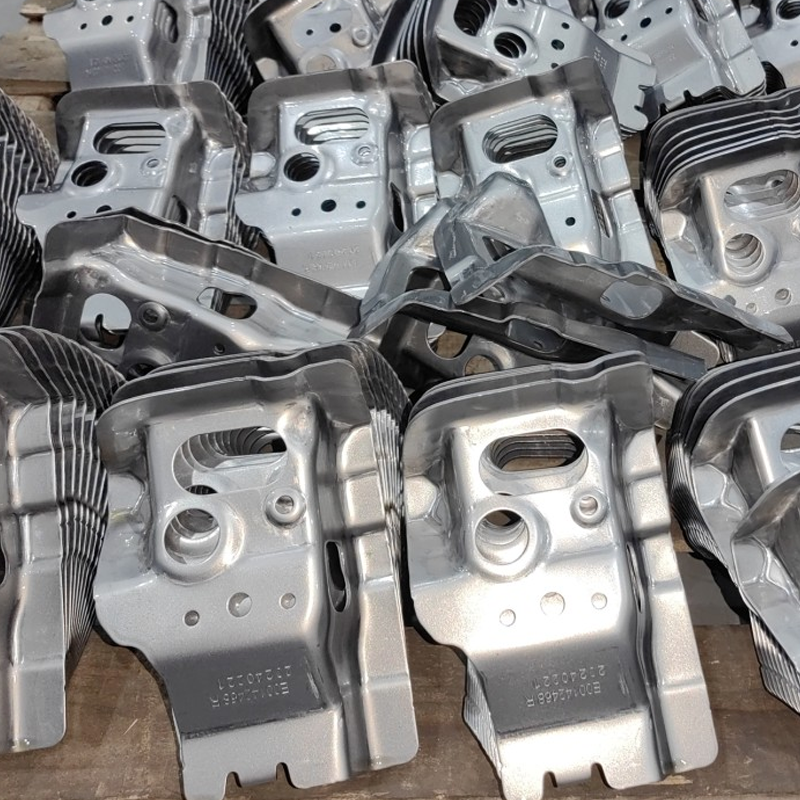
5️⃣ Leverage Prototyping and Simulation Tools
Even with careful design, real-world validation remains essential. At Plantmetal, we encourage customers to invest in prototyping and virtual simulation early in the design cycle to uncover potential issues before committing to production tooling.
Finite Element Analysis (FEA): Simulates material flow, thinning, stress distribution, and springback, allowing engineers to optimize draw depth, corner radii, and wall thickness virtually.
Physical prototyping and small-batch runs: Confirm formability, material performance, and dimensional accuracy while evaluating secondary operations like trimming or finishing.
Prototyping shortens lead times, reduces costly revisions, and provides valuable data for refining final designs — a critical step toward reliable, large-scale production.
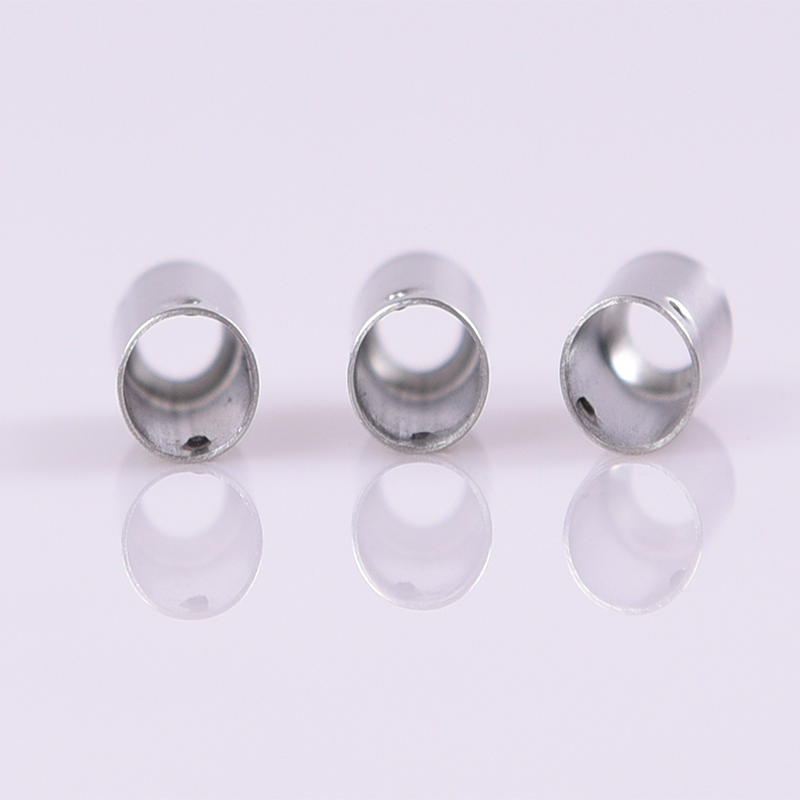
Why Choose Plantmetal for Deep Draw Stamping?
When it comes to deep draw stamping, selecting the right manufacturing partner is as important as perfecting your design. At Plantmetal, we combine decades of expertise in precision metal stamping, advanced tooling, and comprehensive project management to help our customers bring innovative products to market faster and more efficiently.
We don’t just produce parts — we collaborate with you to engineer solutions, optimize designs for manufacturability, and deliver reliable, repeatable results at competitive pricing. Whether you’re developing a medical-grade housing, an automotive connector shell, or a lightweight aerospace component, our team is ready to support your project every step of the way.
Contact Plantmetal today to discuss your deep draw stamping project. Let’s work together to turn your ideas into precision-engineered parts that perform — and impress.
